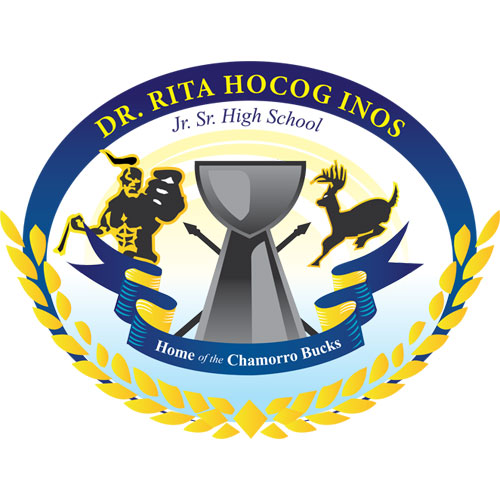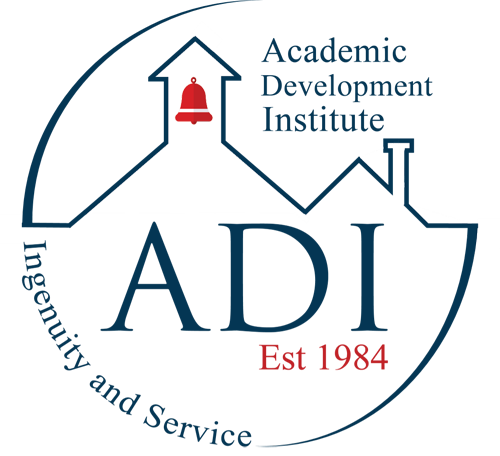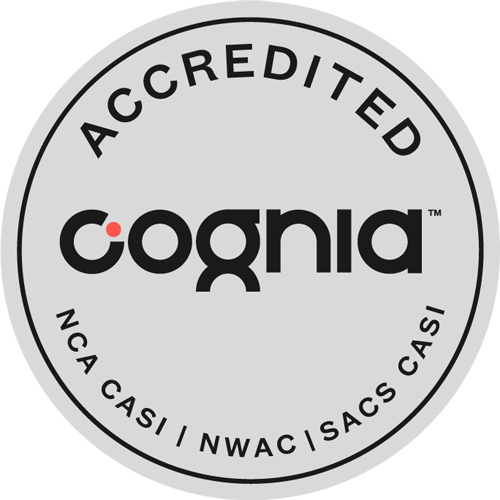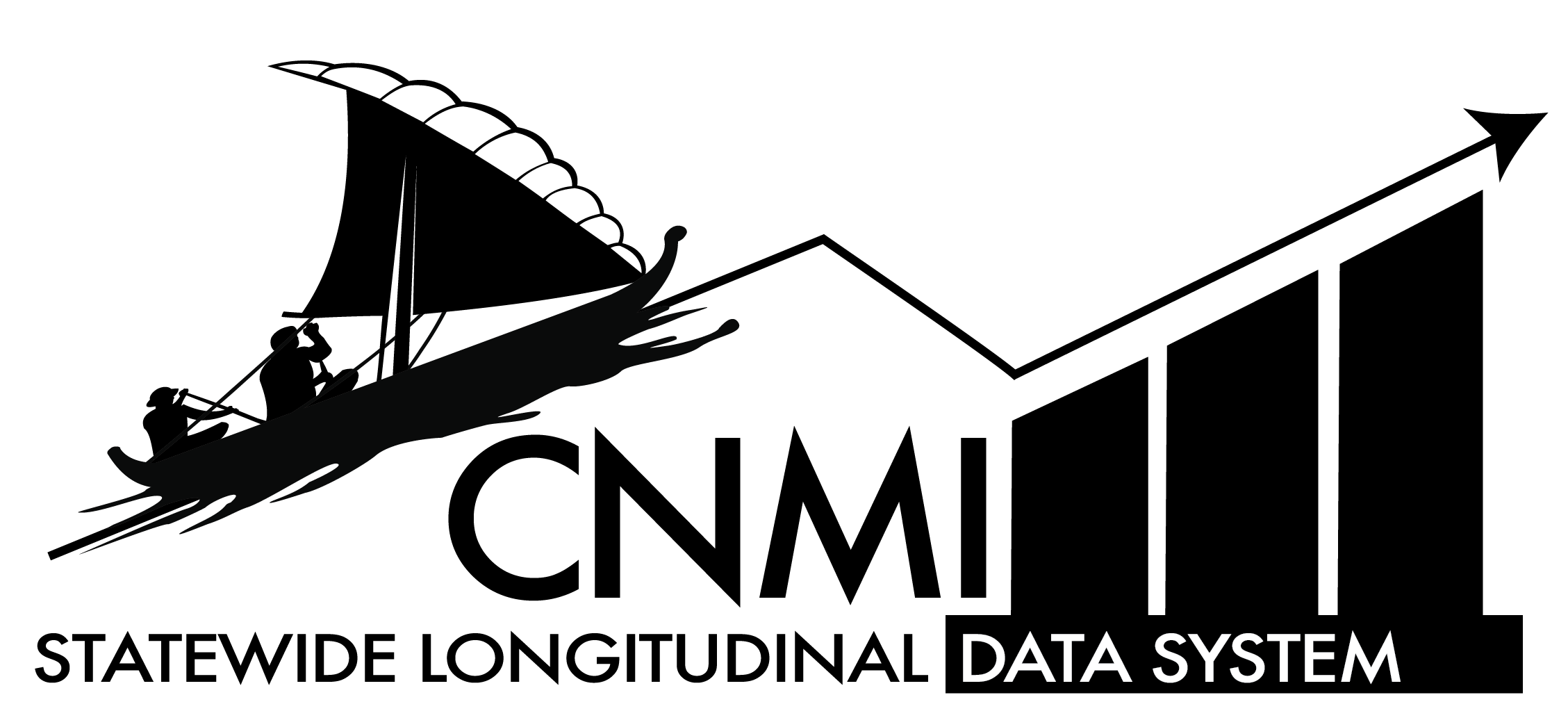Dr. Rita Hocog Inos Jr./ Sr. High School (RHI)
 School Mission
School MissionRHI will provide quality education in a nurturing and inclusive environment.
School Vision
Develop respectful, independent learners who possess the skills necessary to achieve success.
Executive Summary
Dr. Rita Hocog Inos Jr./Sr. High School (RHI) is the sole public secondary school on Rota in the CNMI Public School System (PSS), serving grades 7-12 with a mission to foster independent learners in a supportive, culturally-relevant environment, honoring the legacy of the late educator Dr. Rita Hocog Inos. The school, known for its diverse student body including Chamorro, Filipino, and other Pacific Islanders, focuses on data-driven learning and preparing students for life and society.





